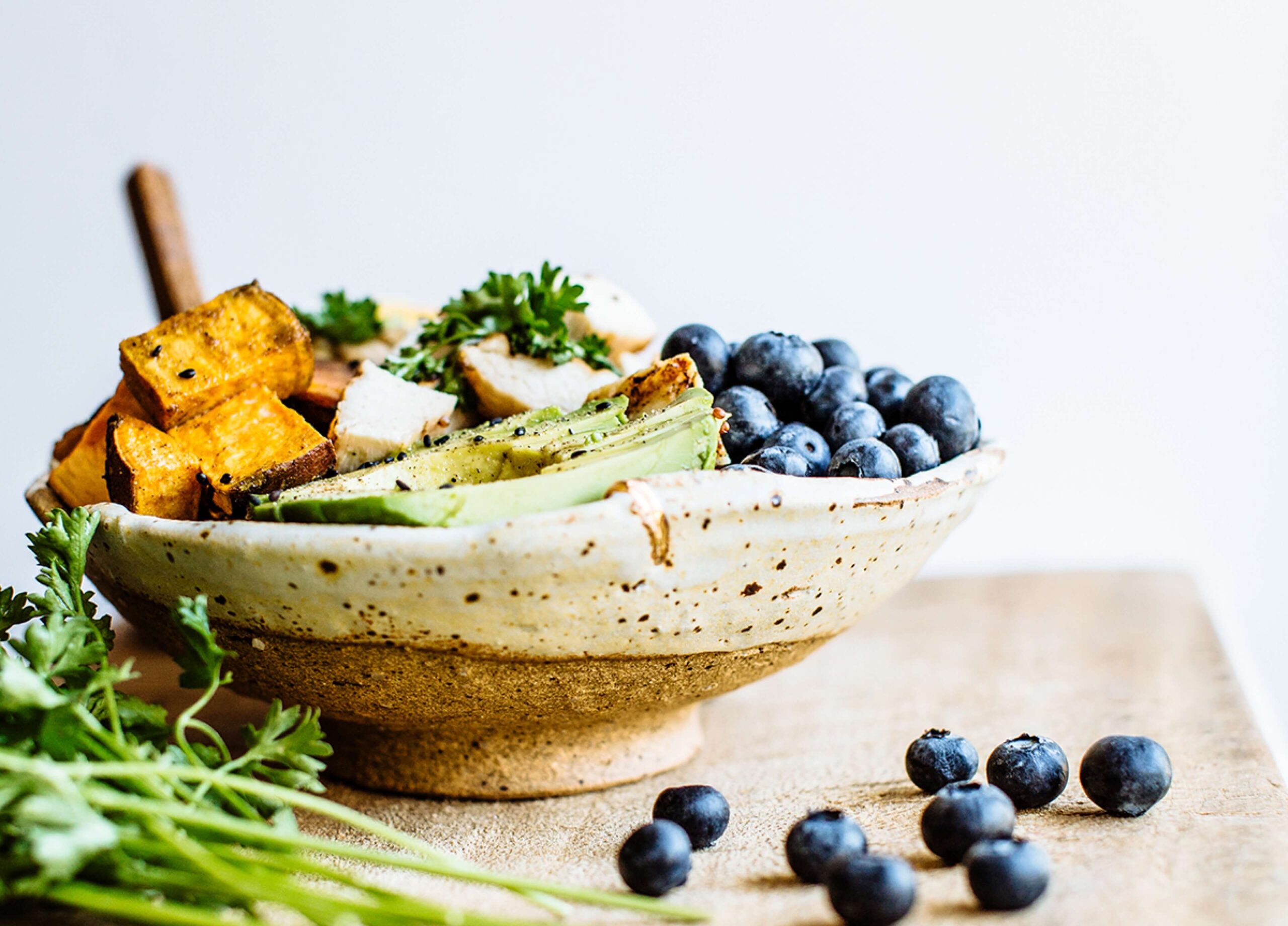As cardiovascular disease pulls ahead as the leading cause of death in our country, most of us understand at least a little about the importance of our circulation – including micro-circulation. We know how to keep our cardiovascular system healthy with a good diet, regular exercise, and a yearly physical exam. But our blood vessels service much more than just the heart and lungs. Each major artery branches off into smaller and smaller blood vessels, eventually ending in capillaries – which bring nutrients, oxygen, and other vital substances to both the deepest organ tissues and the furthest reaches of our skin. Anyone with numbness or tingling pain in their extremities can tell you just how important these tiny blood vessels are.
Although the capillary system is small and thus has been hard to study, there are simple and natural ways to improve its function. For example, acupuncture’s primary focus is to promote proper circulation. Chinese medicine asserts that pain and disease can be caused by the “stagnation” of blood, causing somewhat of a traffic jam in the blood vessels. This congestion is the root cause of pain and dysfunction. Think of a bruise: you can see evidence of broken blood vessels in the skin’s surface, and you can feel the soreness in the area before it heals. Eventually the body’s cleanup crews – blood and lymph fluids – carry away the debris, reducing the sensation of soreness and the visible signs of injury. If it takes a long time for your bruises to heal – or you bruise easily to begin with – something may be amiss with your circulation. Years of sluggishness may eventually lead to what we know as cardiovascular disease: thicker blood, vessels with decreased elasticity, and dangerous growths of plaque. Acupuncture can invigorate the circulatory system, which may be why it works so well for pain.
Additionally, nutritional therapy offers an even simpler approach to improving blood flow. While scientists debate over which type of diet works best to keep the macro-circulation healthy, new research has found foods that benefit the micro-circulation. Kerry Bone is one of the world’s foremost western herbalists and is the author of Principles and Practices of Phytotherapy. He maintains that promoting optimal micro-circulation may address many health issues, and has discovered, through years of research, five food groups that positively affect capillary function. Eating each of these foods daily can make a big difference for folks who could use more blood flow to the extremities, organs, or particular tissues. Nutritional supplements can affect the same changes, but getting these benefits from food is an inexpensive way to improve one’s health without side effects, and tips the balance of one’s diet toward better nutrition. Here is Kerry Bone’s 5-point protocol:
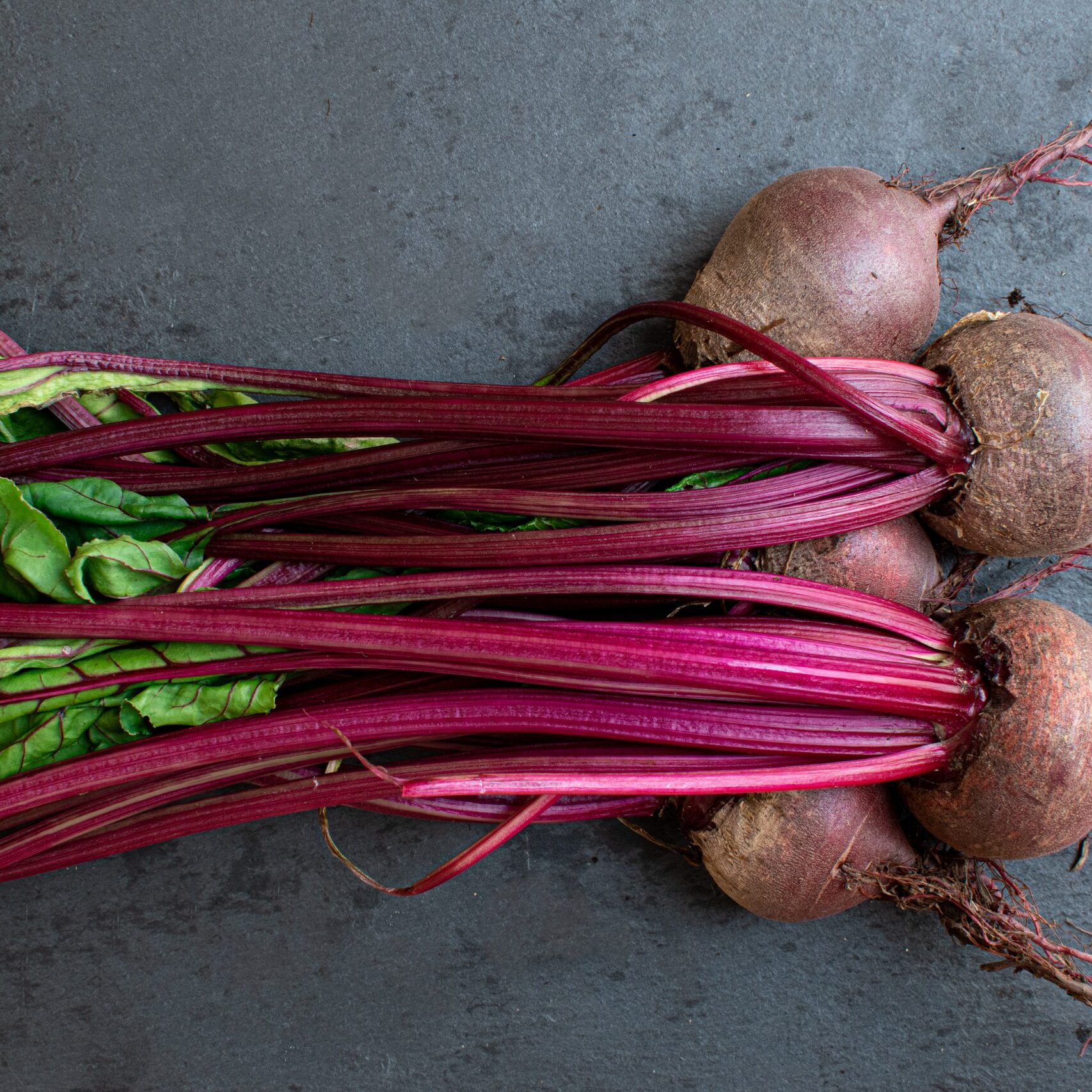
1. Beet Roots & Greens
Red foods have been used in traditional Chinese medicine as “blood tonics” for centuries, and beets improve bile flow and are full of nutrients. Additionally, beets and leafy greens help thin the blood. Beetroots need to be baked, or if they are boiled the water needs to be consumed as well, so as to not lose any nutrients. Other leafy greens also work if you need a break now and then from beets. If you really don’t like beets, try beet powder in a smoothie, or sauté beet greens in butter and garlic as you might with other greens.
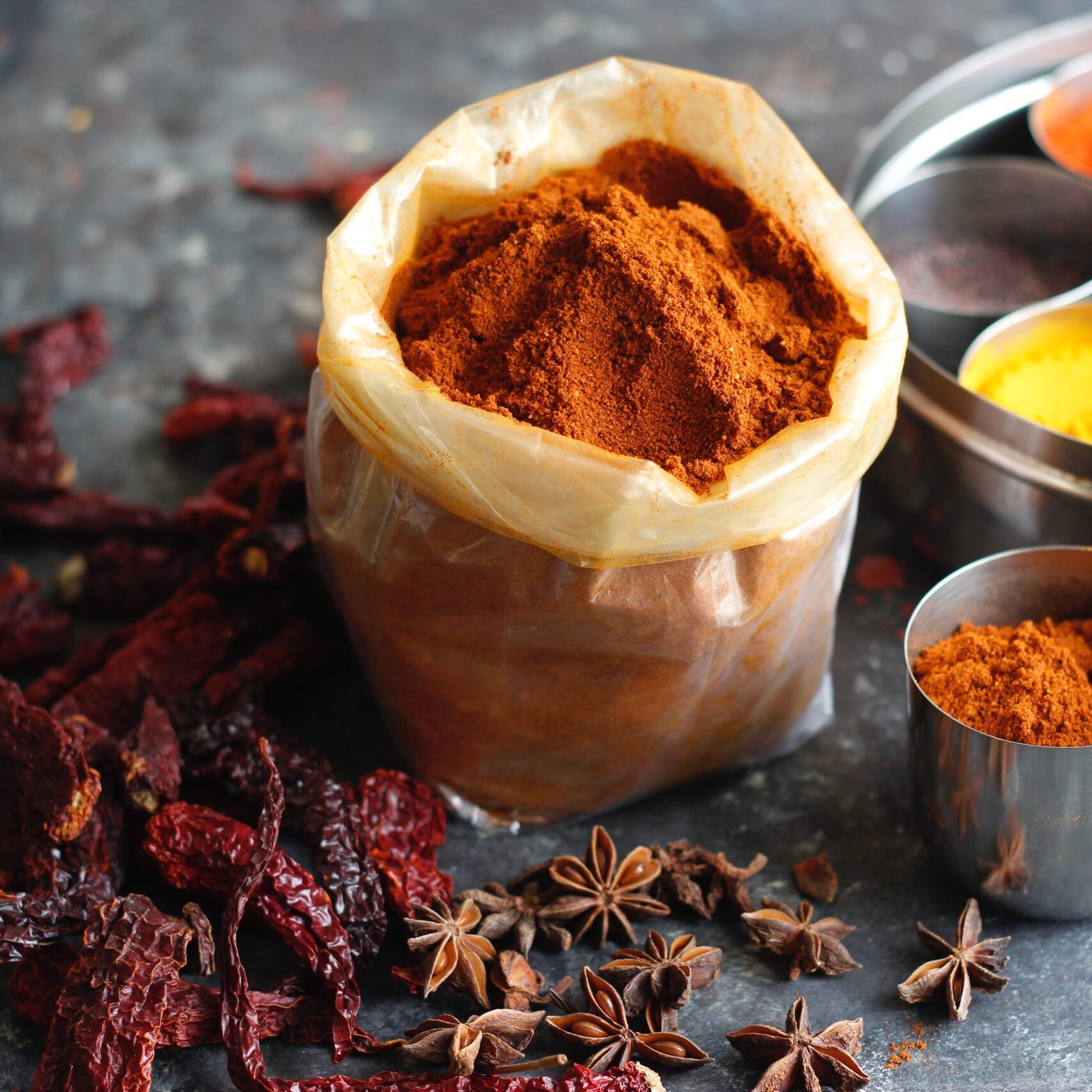
2. Herbs & Spices
Green tea, turmeric, and ginger are all in the nutritional limelight now for their anti-inflammatory properties. These foods have been used in Chinese herb formulas for all types of pain due to their ability to promote circulation. Three cups of green tea a day, or adding the above spices to each meal, will bring the desired benefits. If you are already taking a Chinese herb formula, chances are some of the ingredients will count toward your daily micro-circulation protocol. If you are using turmeric, it should be heated and consumed with some fat, as in a nice curry made with butter or ghee, or whipped up as Golden Milk, a warm milky beverage made with turmeric, dates, and other spices. Many classic chai tea recipes incorporate turmeric and ginger as well, and are served with warm milk.
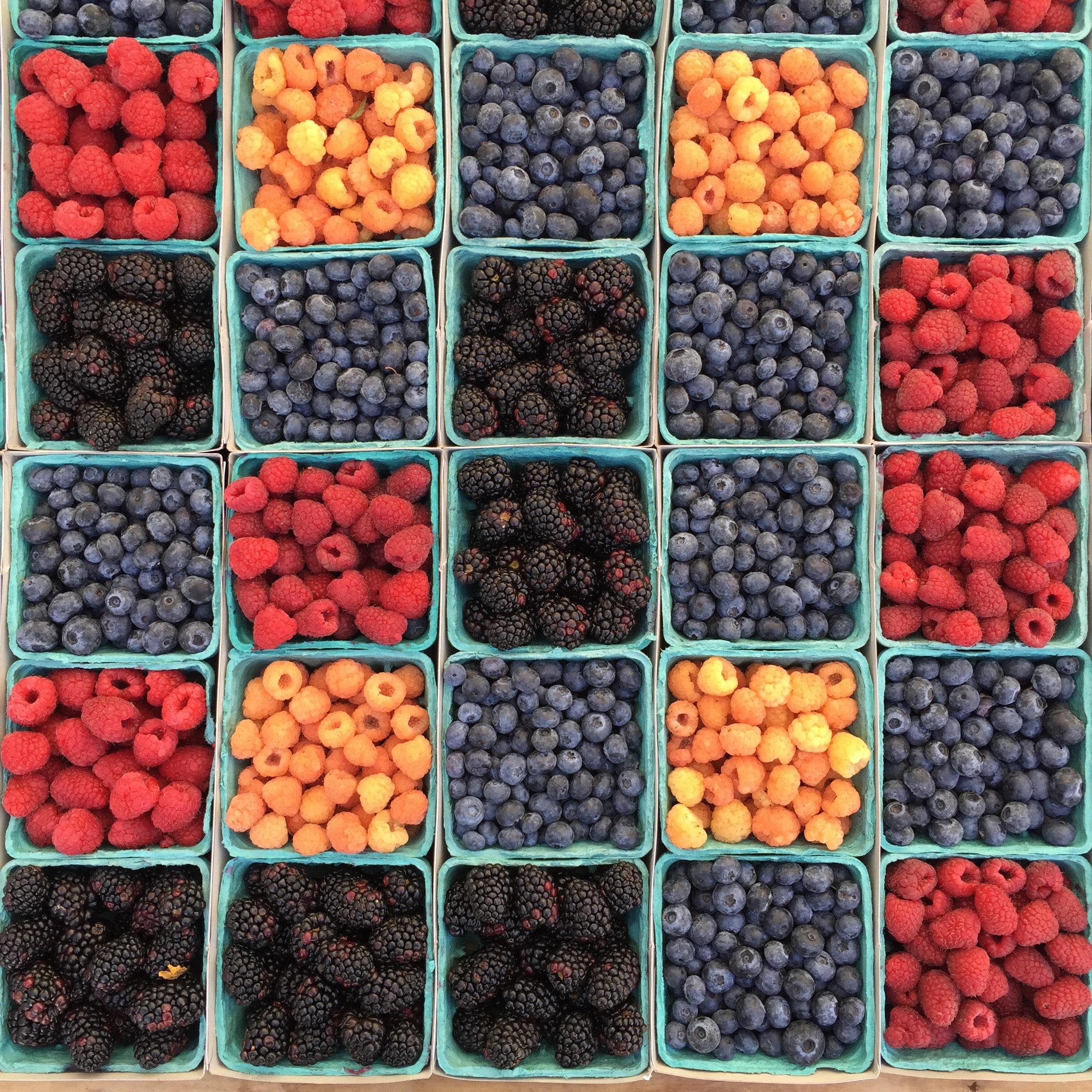
3. Berries
Almost all berries contain anthocyanin, which is the substance that contributes to improved circulation. Just a large handful a day of blueberries, raspberries, blackberries, or strawberries will be enough to fulfill your daily quota of anthocyanins. Berries are a low-sugar treat that fit into almost any meal plan.
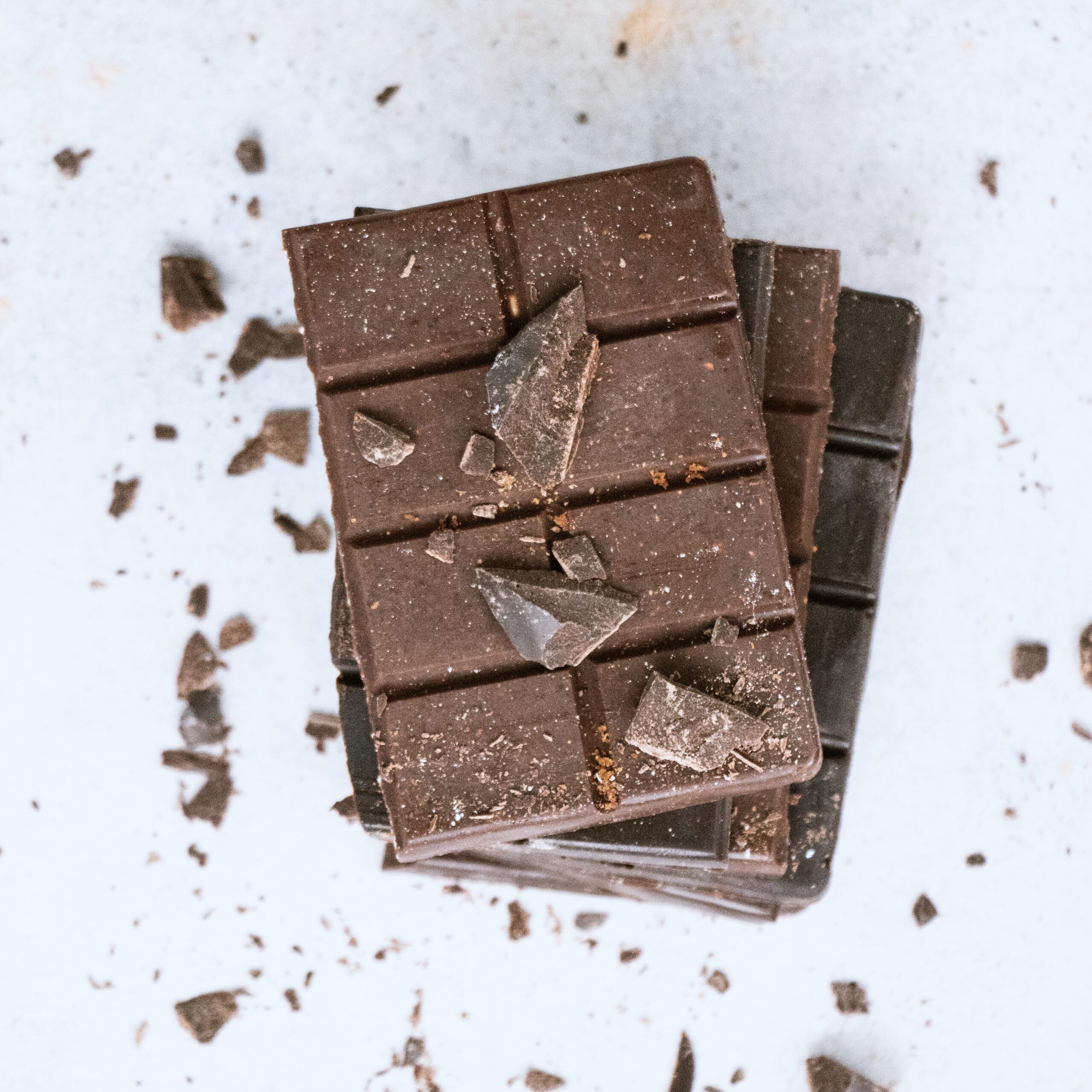
4. Cocoa:
Too good to be true, right? The catch is that it has to be either eighty-five percent chocolate or pure cacao powder. Just three ounces a day of the bar-type can count as “medicinal;” much more than that might be a bit more sugar than you want to eat daily (ahem). The cacao powder is really versatile: put it in smoothies, make chia seed pudding with it, or stir it into warm beverages. Pure cacao is also the richest source of magnesium on earth and is low in caffeine.
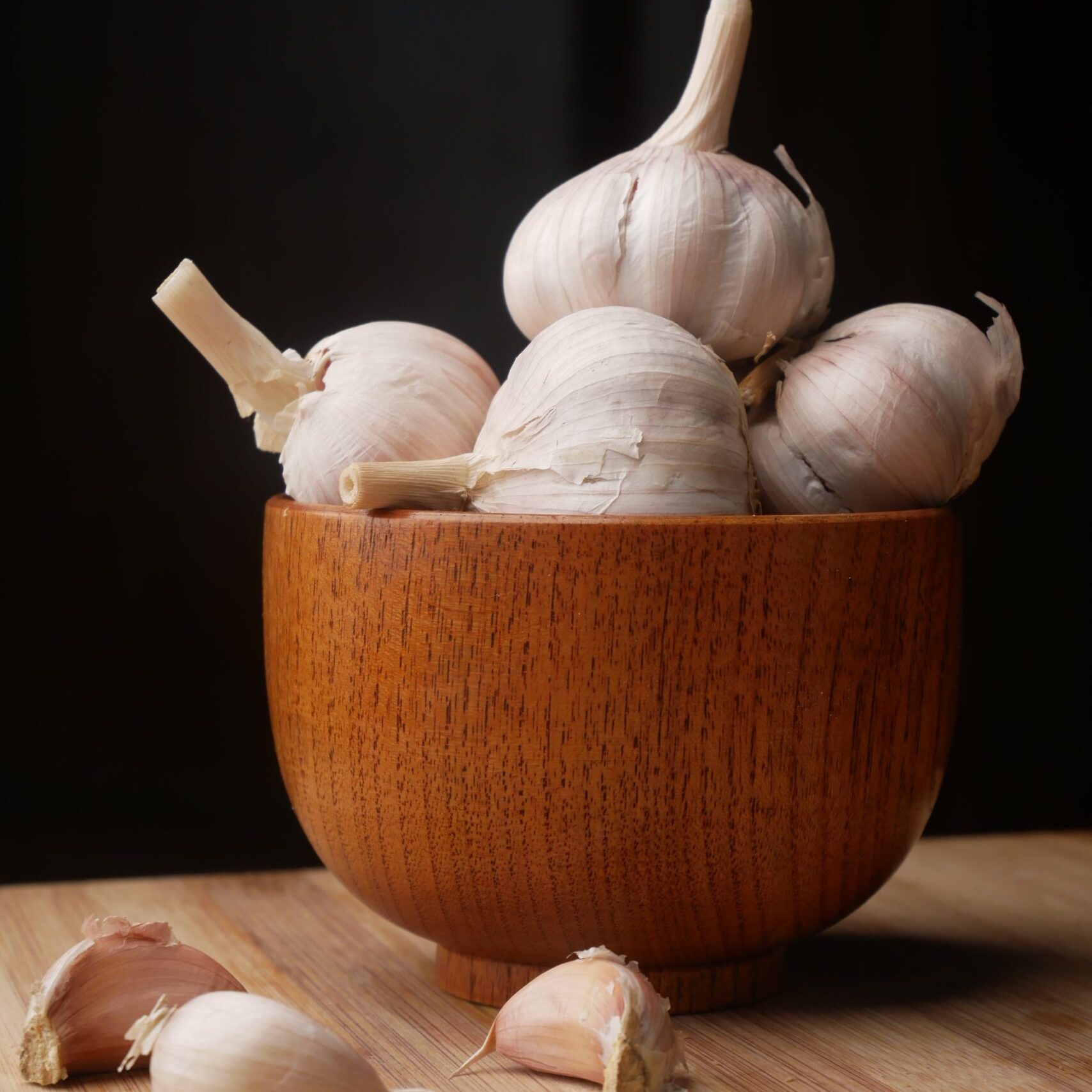
5. Garlic
Half a clove of raw, hand-crushed garlic per day is the minimum. Eat it as is, or put it in a dish like hummus. You can cook with garlic, too, but it won’t count toward your micro-circulation protocol. If the odor is worrisome, either feed it to your family and coworkers as well or take a good-quality supplement.
The first four ingredients can also be put into a smoothie: beet powder, matcha tea, cacao powder, and wild frozen blueberries mix well with a good-quality protein powder. Of course, the truly adventurous can throw the garlic in there, too, but for most of us that may be going too far!
Any way you choose to incorporate these foods into your daily diet will work, as long as you stay consistent. Common sense dictates that if you suspect you are experiencing circulatory issues, see your healthcare provider right away.
To your health!
Related
Explore
01. Services
02. Resources
03. Blog
04. About
05. Contact
06. Patient Portal
07. Schedule
Sharone Franzen is a licensed acupuncturist and herbalist at Blue Willow Acupuncture, based in the Lakeside Village/West Portal neighborhood of San Francisco, California.
Contact
2636 Ocean Ave
San Francisco, CA 94132
(415) 572-1797
For appointments:
(415) 812-9860
© Blue Willow Acupuncture. All rights reserved.
